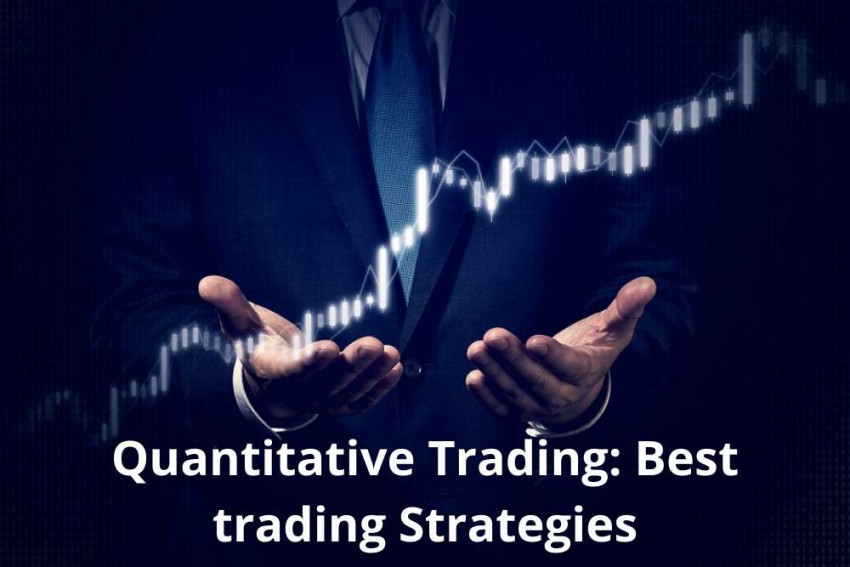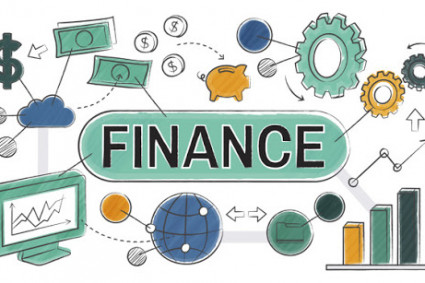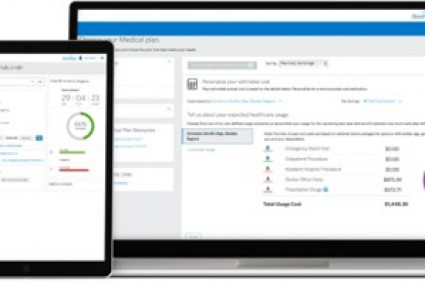
Introduction
A financial market is a massive place where traders can learn a new aspect of trade every single day. We have heard about trading strategies, indicators, tools, technical and fundamental analysis, various instruments, leverage, spreads, and whatnot while trading. But, with the article, we’ll be discovering a different type of investing style.
Quantitative trading is a big pack of trading strategies that use quantitative analysis in them for helping traders identify trading opportunities. It has mathematical figures and statistical data to know the market trading and what could be the best chance for traders to invest.
So, let’s get into details of this aspect of trade and understand it better.
What is Quantitative Trading?
Quantitative trading is a market strategy that involves statistical data and mathematical calculations to execute the trade by analyzing the market opportunities. It uses quantitative analysis of the market, which traders can apply according to their requirements.
As it relies on quantitative analysis, it is termed quantitative trading. With the strategy, traders use research and measurements to analyze the complex patterns formed. The strategy ignores qualitative data and analysis, converting the behavioral patterns into numerical values.
The trading style does not take the management factors or strengths of the instrument into account. It, moreover, requires computers and systems for trading, which makes it confined to institutional investors or hedge funds. However, with the advancement of technology and trade, there are several softwares and technologies provided to the investors by online brokers.
Thus, traders can now use quantitative trading with their instruments of trade.
How does Quantitative Trading Operate?
To use quantitative trading for investment, traders require data-based models which will assist them in determining the probability of the outcome of the trade. The strategy or analysis style is based on statistical methods and will need the programming to have correct market forecasts.
For example, traders can use it from the brokerage account they have. Say, for instance, a trader is investing in stocks of a company named; XYZ. The trader will spot the volume spikes of the XYZ shares and what is its significant price move immediately.
Once the program is set, it will automatically detect it in the entire history of the XYZ shares. Traders can then know the result through quantitative analysis. Suppose it had a 90% upward movement in the past; thus, the software or model will show a probability of 90% that the pattern can occur in future trading.
Data of Quantitative Trading
Quantitative trading has two common data points examined by traders of the strategy; price and volume of the instrument. In addition, the strategy can include any other data which is in numerical order.
There are several publicly available or privately accessible data that investors use for building their statistical models. Traders can combine the data sets and make their analysis, identify the patterns and invest in the market.
Applying Quantitative Trading
For understanding the process of how investors can apply the trading style to instruments, here we have an example. This will help traders know in detail how it is used, and results of the same could be used for trading.
A trader wants to invest in the index S&P 100 that is said to move in a definite direction at a specific time in a day. To trade in this, the investor makes a model that determines the market data of S&P 100 and breaks down the price movements of the instrument into every second of each day.
So, the trader has built a model based on this, identifying whether there are any parts of the instrument for the day that it traded in a particular direction. If there is a pattern that is being followed in the instrument trader will invest accordingly.
If the model shows a possibility of 70% that the instrument will have an upward direction at 12 pm today. Then traders can invest and open their market position with the instrument to earn. But if there is a downward movement with a 70% possibility, then traders will not open new positions, and if they already have a position open, they will close it while earning some profit or loss.
Traders can take price action based on the data and what the model visualizes. Trading with the quantitative strategy is simple if done with good calculation and statistical knowledge. Moreover, there are advanced softwares offered by brokers such as PrimeFin that could be used for trading.
The broker has ample services and facilities that will make the trade convenient. In addition, it has leverage, zero trade commission, trading tools, advanced technologies, technical analysis, fundamental analysis, trading platforms, etc. All these make it feasible for traders to predict market changes and make informed decisions.
Conclusion
The quantitative trading style uses mathematical and statistical models to identify market opportunities. The strategy is based on computers, coding, and mathematical data to make an investment. The strategy includes four key elements; strategy, backtesting, execution, and risk management.
The most common quantitative strategies are trend trading, mean reversion, arbitrage, and algorithmic pattern recognition. It is mostly suitable for hedge funds and large investment funds. So, traders should be sure of the trading style and its use.
With the article, traders can now understand the term and its works for a successful trade experience.




